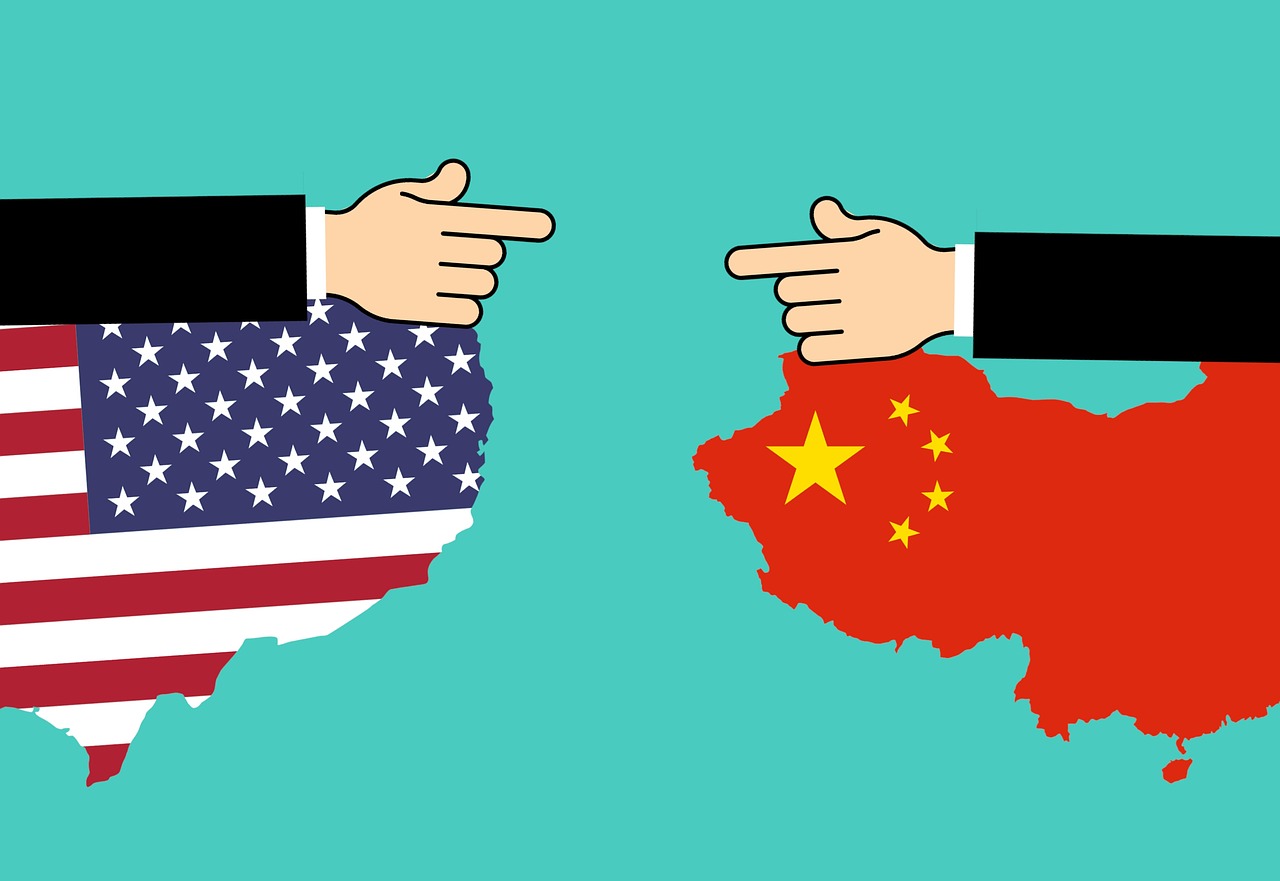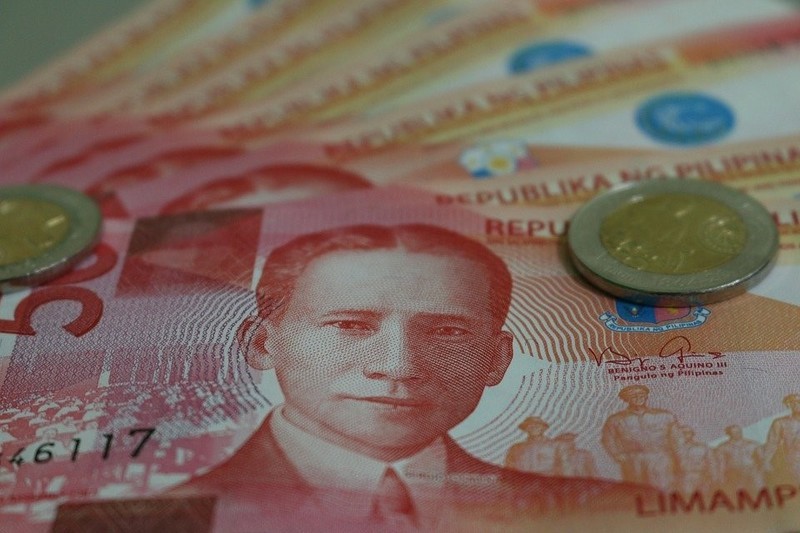China’s trade war with the USA has been one of the largest diplomatic events of the last 12-18 months. Although the USA halved tariffs on almost 2,000 goods back in March and de-escalated the conflict, diplomatic tensions were stoked once more in late May over civil liberties in Hong Kong.
Although the story of the USA-China tension is primarily a political one, the trade war is also having serious financial repercussions in the Philippines. Here, we’ll assess how the political tensions have caused strain on the USD/PHP currency pair and how the PSEi has reacted to the ongoing conflict.

Source: Pixabay
USA-China Tensions and the USD/PHP Currency Pair
Although the USA-China conflict has caused global tensions and uncertainty, the Philippine peso (PHP) closed at its strongest level in two years on June 4th. In the first half of the year, the currency has performed well against the United States dollar (USD), and the currency is now trading stronger than the P50-P54 average band.
At the start of the trade war in 2018, the peso fell to its lowest level since 2006 and was among the worst-performing currencies in the world (alongside the Argentine peso). However, the recovery of the peso during the ongoing conflict has been good news for individuals who are involved in forex trading. As the forex market is the world’s largest financial market, it provides a number of opportunities for individual traders who are looking to harness volatility (the value of the currencies going up and down). By buying the peso against the dollar (simultaneously buying one currency and selling another), traders are able to capitalize on these price fluctuations and benefit from the rising value of the peso.

Source: Pixabay
How the PSEi has Reacted to the Conflict
Renewed hostilities between the USA and China in May caused the PSEi to slip. On May 22nd, the PSEi shed 65.3 points (the equivalent of 1.17 percent). This meant that, after solid gains made during the week, the index closed flat when compared with the previous week. Overall, all counters closed in the red, which was bad news for investors.
However, the losses only tell half of the story, as trading was also unusually thin. In order for the index to move past the Bollinger Bands, strong trading volume will also be required. But, while unrest remains between the USA and China over the issue of civil liberties in Hong Kong, net outflows continue to grow as investment sentiment remains weak. This means fewer people are investing in the Philippines, and the value of the index has fallen as a result.
How the Coming Months May Unfold
Looking to the future of the USD/PHP currency pair and the PSEi, analysts have concerns about further escalations of the tensions between the USA and China.
This applies particularly in relation to what China believes is the “unreasonable suppression” of several Chinese companies, such as Huawei, and the ongoing human rights situation in Hong Kong. Although China de-escalated tensions back in March by lifting tariffs on some goods entering the country from the USA, many now worry that unless the USA changes course, China will retaliate against Washington. As a result, in the coming months it appears as though investor sentiment will remain weak and the markets will be relatively flat.
However, these geopolitical tensions can change markets rapidly, so investors should be wary of strong levels of market volatility surrounding major economic announcements coming from either China or the USA.





